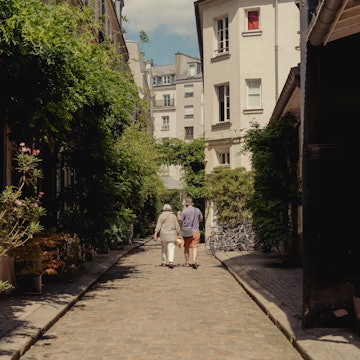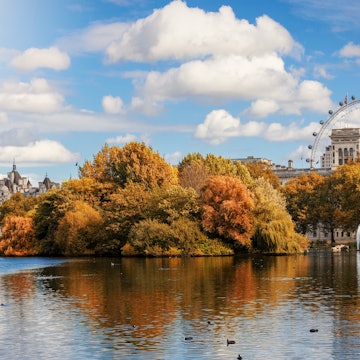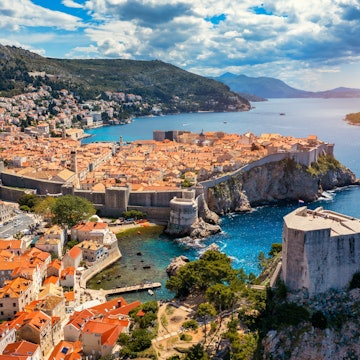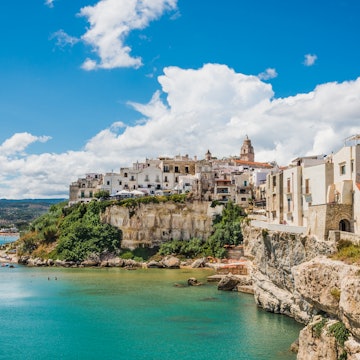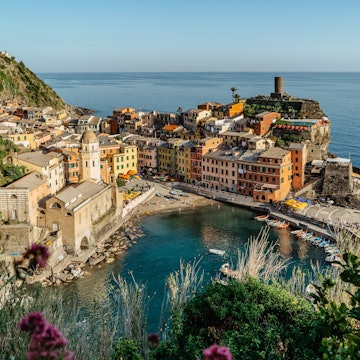

Cruising in Croatia. Always Croatia
For those who dream of a Mediterranean idyll, Croatia offers a less-touristy alternative but with similarly sunny weather, pristine beaches and charming old cities. In recent years, savvy travelers have caught on to its less crowded, more tranquil vibe, unique blend of Slavic, Balkan and Mediterranean influences and breathtaking natural beauty. The numbers don’t lie. International tourist arrivals increased by over 60% between 2014 and 2024.
With a drop-dead gorgeous coastline and more than 1,200 islands along the Adriatic, Croatia is well suited to cruising, a great way to experience its cultural, natural and historical highlights.

Why cruise Croatia?
While a hotel room in the summertime can easily set you back €200 to €300 in Split or Dubrovnik, cruising can actually be a cost-effective way to travel, as its all-inclusive nature means most, if not all, meals and shore excursions are included. Cruising is also a great way to see more in a shorter amount of time.
“Croatia is uniquely suited for small-ship cruising because of its geography – over a thousand islands, most within sight of each other, with calm Adriatic waters and short sailing distances,” says Croatian-American Christy Kranjec of Always Croatia, a luxe, small-ship cruise company. “But what makes it truly special is the blend of rich history, vibrant coastal towns and untouched natural beauty—all packed into a relatively small area. In a single week, you can explore medieval walled cities, swim in hidden coves, taste wine on a family-run island vineyard, and wander through ancient olive groves. It’s immersive, diverse and deeply personal.”
When’s the best time to cruise Croatia?
Croatia’s cruising season typically spans from early May through mid-October; outside of those months, tourism practically shuts down and shops and restaurants in popular destinations shutter.
For a more relaxed experience, opt for May and early June. Lower prices and the chance to explore the coastal old cities with fewer crowds might be worth braving the cold water. July and August is high season, which appeals to younger travelers and families. Swim stops offer a refreshing reprieve from the summer heat. Experienced cruisers know to wait for September and early October. “The water is still warm from summer, but the crowds thin out,” says Christy. “It’s also grape harvest season, which makes it an incredible time for wine lovers and culinary travelers. The pace is slower again, and the light is magical—perfect for photographers.”
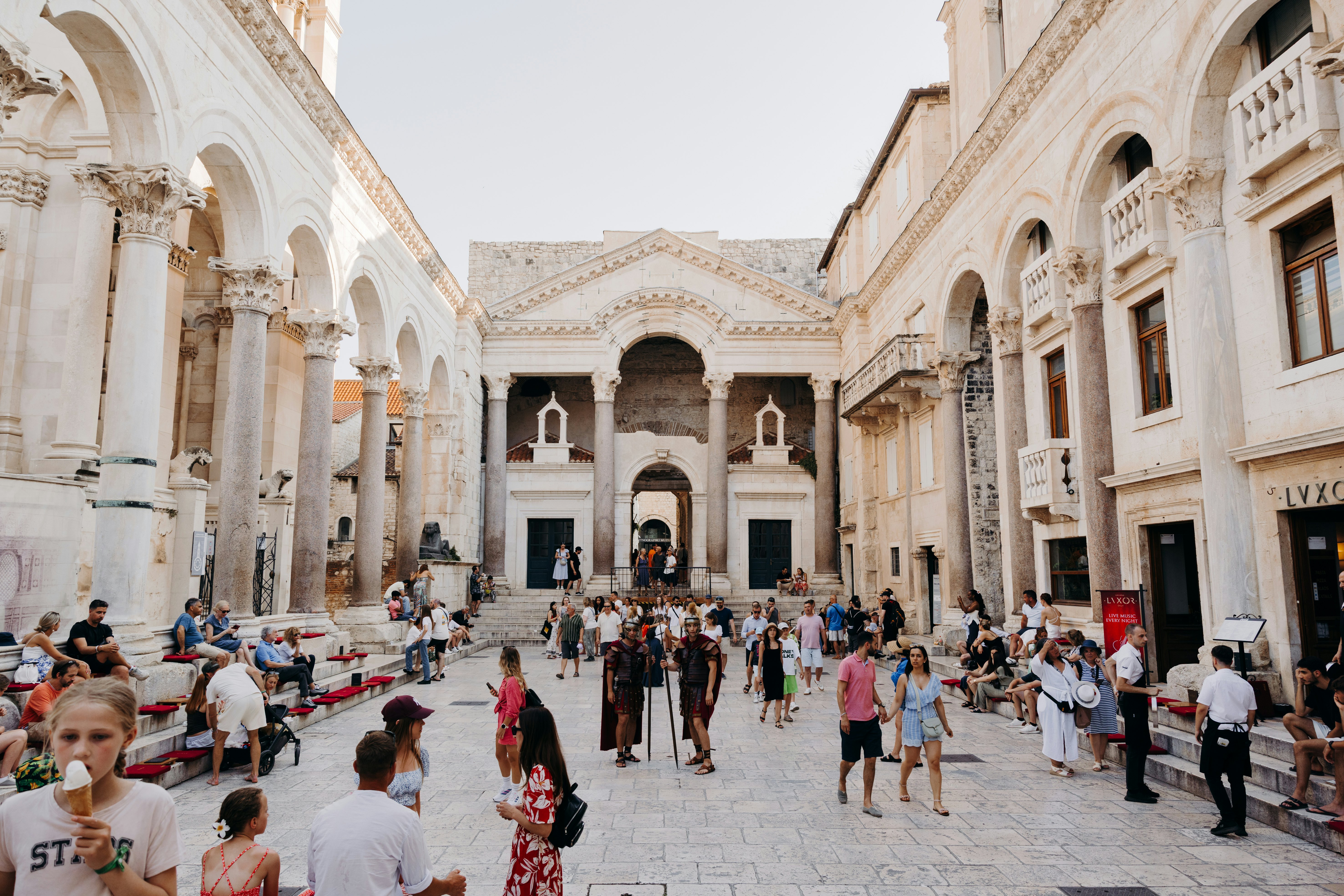
Music and magic
Croatia first hit 10 million international visitors in 2014, a year after Ultra Europe, a popular EDM festival, debuted in Split (with last year’s edition drawing over 150,000 attendees) and a few years after Game of Thrones began filming in Croatia. “Split used to be an industrial town,” says our guide Elena as we wander around Diocletian’s Palace, a beautifully preserved complex from the third and fourth centuries. Now, tourism has replaced shipbuilding and other commercial manufacturing as the city’s top industry. “There are no more hidden gems; everything has been discovered,” she starts to say as we gawk at the city’s bounty of Romanesque churches, medieval fortifications and Gothic palaces. Then, as we pass by the Split Art Gallery, she suddenly remembers: “There’s a wonderful bar with a sunken courtyard inside the walls here. Most tourists don’t know about it because they see ‘art gallery’ and keep walking.”
A balancing act
Croatia is still finding ways to manage its newfound popularity. “It has Western European attractions, but Eastern European pay,” says a man who helps schlep my suitcase over stone pavements on the way to the port. “Split is an expensive city. So even though there are lots of tourists here, don’t expect the locals to be super friendly.”
Croatia in general isn’t the budget destination it once was, in part due to high inflation, rising hospitality costs related to raising quality and standards, and a switch from the kuna to the euro in 2023 along with subsequent price recalibrations. “From the beginning of 2022 to September 2024, the increase in prices in tourism has increased by almost 50 percent,” acknowledged Tourism Minister Tonči Glavina.
Another reason for the high prices is that businesses strive to make a year’s worth of profit in just six or seven months. “After November, all the businesses in the old city close until March of next year. I think there’s just one restaurant that stays open all year round,” says Maja, a jewelry designer in the quaint town of Primošten, where she has a little shop. “Outside of the tourist season, there’s no one on the beaches. It’s too cold to swim, but it’s magical.”
“Tourism is like salt,” posits Antonio of SeaWay Bol Boat Rental, as he waits to take tourists on island-hopping tours around the island of Brač. “No one likes their food too salty, but you do need some. No one can say no to money, but right now there’s a good balance,” he says of his hometown of Bol, best known for its ever-shifting Golden Horn Beach. “Before tourism, people here lived by olives, grapes and fish. When tourism goes away in the winter, we go back to those things.”
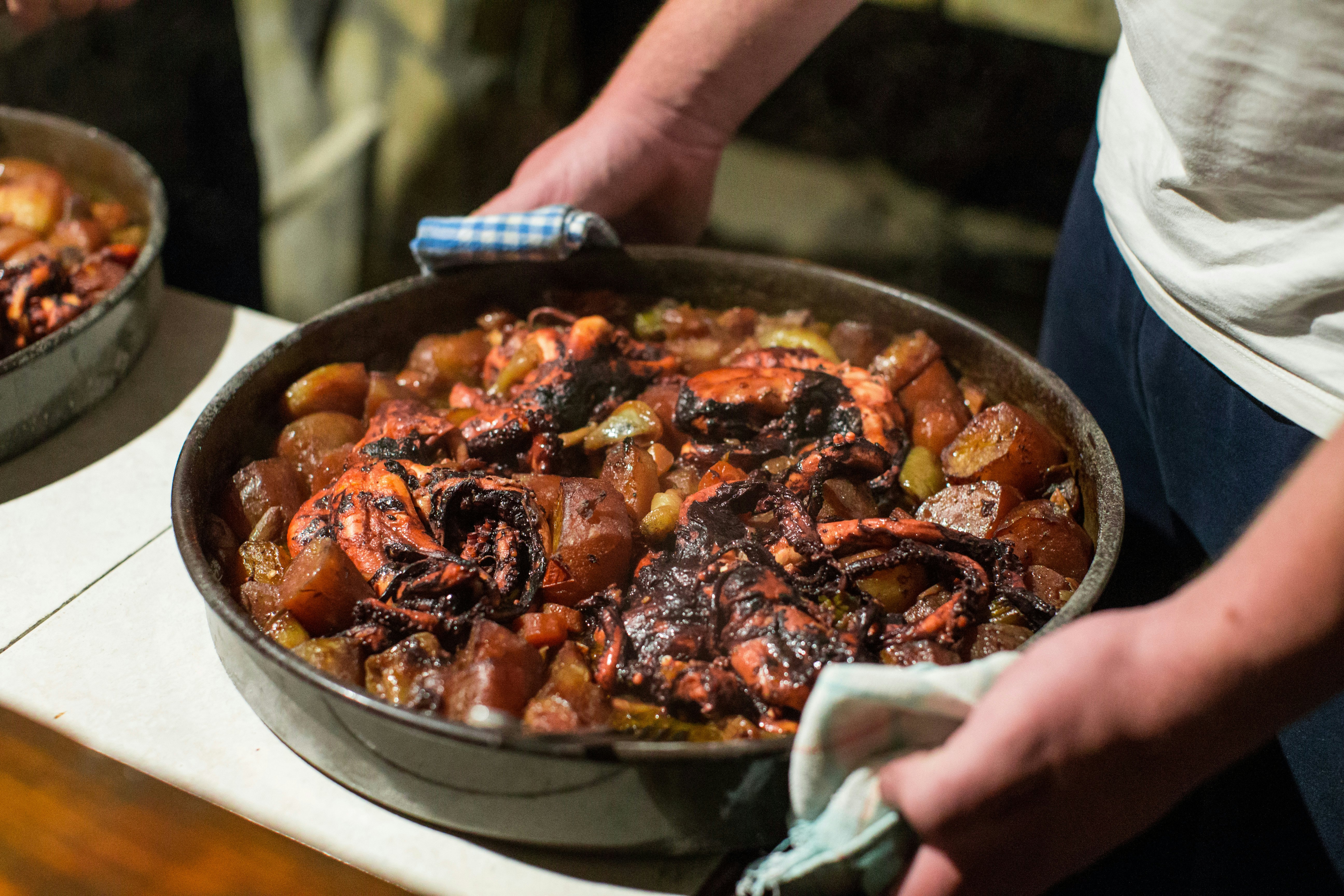
Back to the land
It’s in “those things” where we discover a quieter, more soulful side of Croatia. More than 90% of the country is rural, which is why the government is promoting immersive experiences that showcase Croatia’s bounty of local, seasonal ingredients and its traditional way of life.
On the plains of Stari Grad, we dine on peka (slow-cooked meat) and drink Croatian wine. “Peka is the way Roman soldiers used to cook back in the day,” explains Christian of Hora Hvar, a working farm that grows olives, grapes and lavender and hosts dinners and wine tastings. “They used to put shields on top of their food, cover them with wood and light it on fire. We are trying to re-create that, but using iron bells instead.” In the soft glow of the setting sun, we take an after-dinner stroll through vineyards and lavender fields bordered by stone walls built by the Greeks over two millennia ago.
In another village tucked away amongst pine trees and ancient olive groves in the Dinaric Alps, we watch as a woman deftly crimps the edges of soparnik, a traditional savory pie stuffed with chard and onion, then baked in an open oven under a pile of ash and live embers. “Soparnik originated here in Dalmatia,” explains Ljubica as her husband spontaneously erupts in klapa, a singing tradition also from the region. “This village has been my ancestral home for 11 generations,” she says proudly. While the village itself has since been abandoned, Ljubica and her husband have renovated one of the stone houses to host soparnik workshops. We gorge on the hot-out-of-the-oven pie, brushed with olive oil and minced garlic, which a Croatian guest promptly proclaims is the best he’s ever tasted. “They sell this in the bakeries, but it’s cold and the crust is chewy. It’s never this good.”
Cities of stone and serendipity
All along the coast, we walk through old cities with their bright red terra-cotta roofs providing a striking contrast to the gleaming white stone buildings and streets built from limestone quarried on the nearby islands. Constructed as defenses against invading armies, many of these cities are beautifully preserved, each with a distinct personality.
In Šibenik, the first town in the world to have public electric lighting, we stroll the spotlessly clean stone streets, blissfully free of tourists thanks to its narrow channel, which prevents large ships from entering the port. In Makarska, we happen upon Fishermen’s Night, a biweekly summer street festival filled with live music, games and stalls grilling up fresh seafood. Even in busy Dubrovnik, we find gems of serendipity, including a classical music concert held in the 15th century Rector’s Palace.
“The best thing about living in Dubrovnik is that it is large enough to find everything you expect to find in a city yet small enough to know your neighbors and to still feel that sense of community,” says Paolo Posedel, the most enthusiastic guide we encounter on the trip. “Even though it’s hard to find a spot in Dubrovnik that hasn't been discovered by tourists, there are still very local spots like the tiny beach at Šulić Cove, just a short walk from the old city’s Pile Gate.”
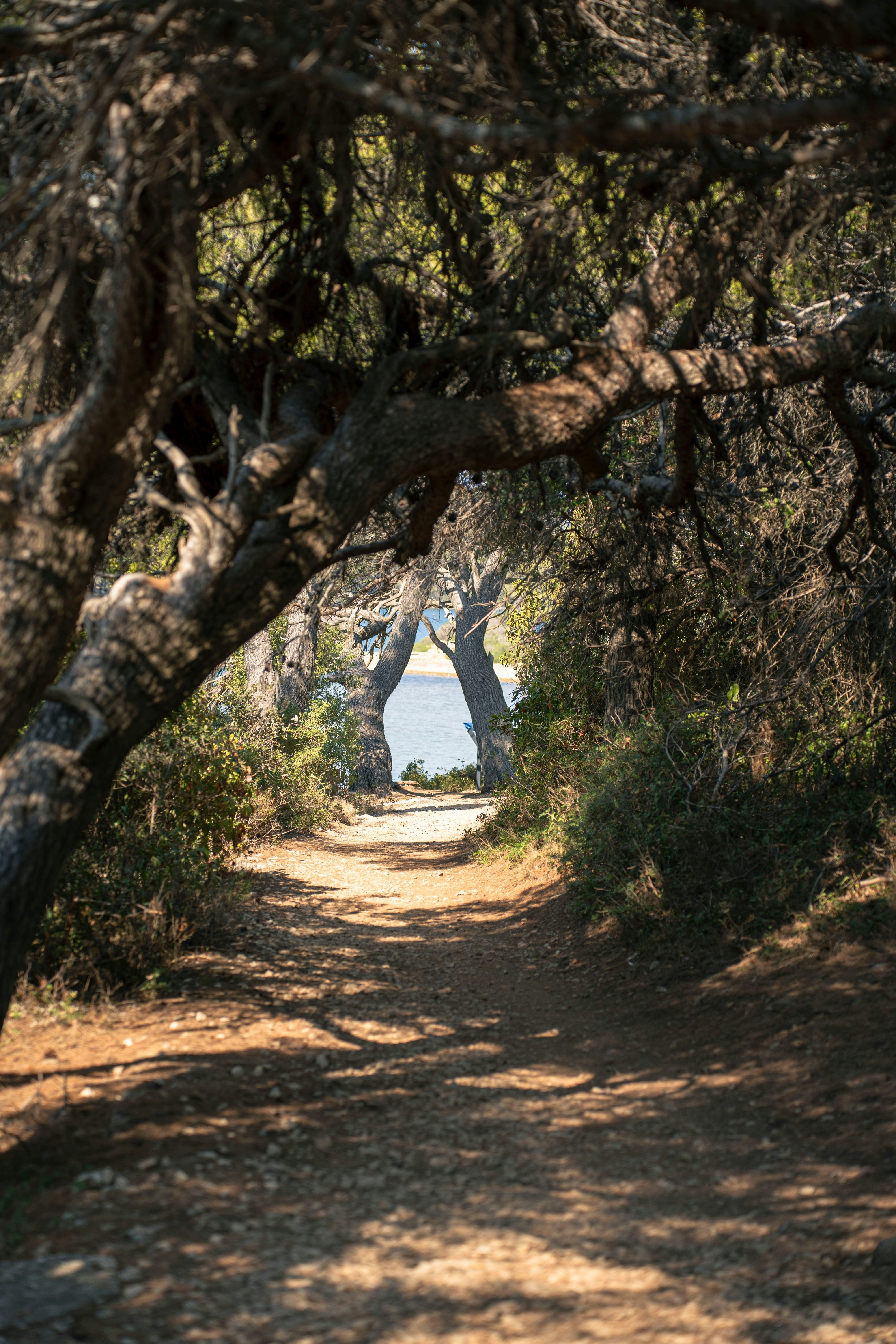
Finding fjaka
The Croatian word fjaka (pronounced fee-ah-kah) roughly translates to the “art of doing nothing”. It’s telling that this term originated on the Dalmatian coast where most of our days include a swim stop in exceptionally clear (and slightly saltier) water compared to elsewhere in the Mediterranean, a result of limited industrialization along the coast and natural properties of the Adriatic Sea.
Our swim spot off the island of Mjlet is even more stunning than usual, the turquoise water practically luminescent against the white limestone rocks and the dark green pine forests behind. It’s not hard to see why Mljet is believed to be the island of Ogygia from Homer’s Odyssey, where Odysseus was held captive by the nymph Calypso for seven years, endlessly staring out to sea, surrounded by luxuriant forests and meadows of blooming violets.
It’s in Mjlet where I meet Nikola, home from university and tasked with minding his family’s souvenir shop for the summer. “I grew up in Goveđari, a village in Mljet National Park. We spent all day swimming in the lake,” he tells me, surrounded by sachets of lavender and bowls of exquisitely carved olive wood. “There are only 200 to 300 people on this side of the island. Everyone knows everyone.”
I ask him if he thinks he’ll come back here after he finishes his economics degree in Zagreb. “I don’t think so. It’s beautiful, but there’s nothing to do in winter except stay in the house.”
I can’t help but think of ancient Odysseus, surrounded by otherworldly beauty but still yearning to leave. But on this sunny summer day at least, we both agree that there’s no place we’d rather be.
Christy’s top 5 cruising tips
1. Pack light, but smart. Cabin space is limited on small ships, and you’ll spend most of your time in swimwear or casual clothes. Pack a few versatile outfits made from breathable fabrics, swimsuits, something to cover your shoulders for church visits, and good sandals for cobblestone streets. Leave the heels at home.
2. Embrace the rhythm. Croatia has a slower, more relaxed pace – especially on the islands. Meals are leisurely, conversations matter, and time stretches in the best way. Let go of rigid schedules and allow yourself to drift into “Croatian time”.
3. Don’t skip the lesser-known islands. Everyone wants to see Dubrovnik and Hvar (and they should), but the magic often happens on the quieter islands – like Vis, Šipan or Mljet. That’s where you’ll find authentic hospitality, wild beauty and the soul of Croatia.
4. Be curious and courteous. Learn a few local words (like hvala for thank you), try local wines, ask questions. Croatians are proud of their culture and love when visitors show genuine interest. Small gestures go a long way.
5. Get off the boat. Make full use of the flexibility small-ship cruising offers. Wake up early for a sunrise walk, go on a small hike to a spectacular viewpoint, or enjoy dinner in a family-run konoba (tavern). The ship is your base, but the real stories happen on land.
James Pham visited all the places mentioned in this article aboard a small-ship cruise on the invitation of Always Croatia. Lonely Planet does not accept freebies in exchange for positive coverage.









